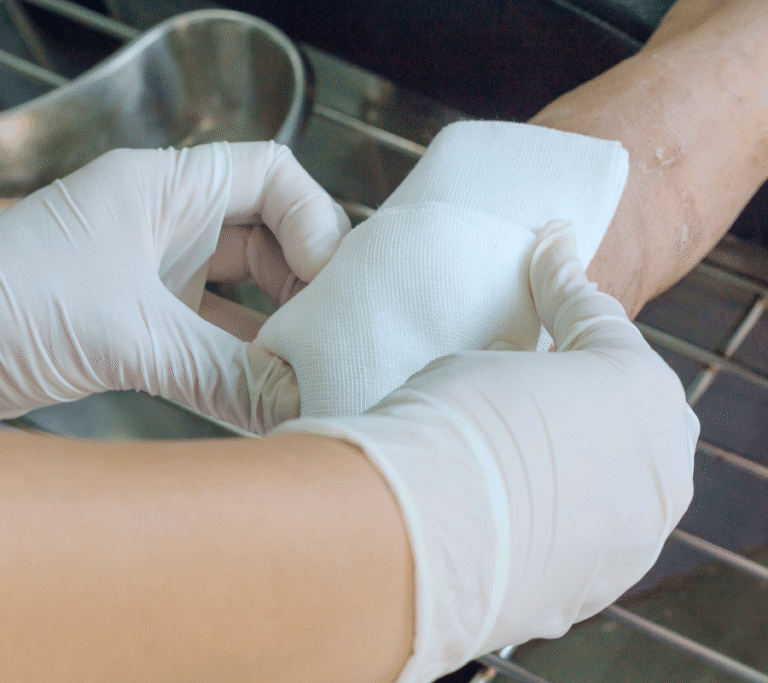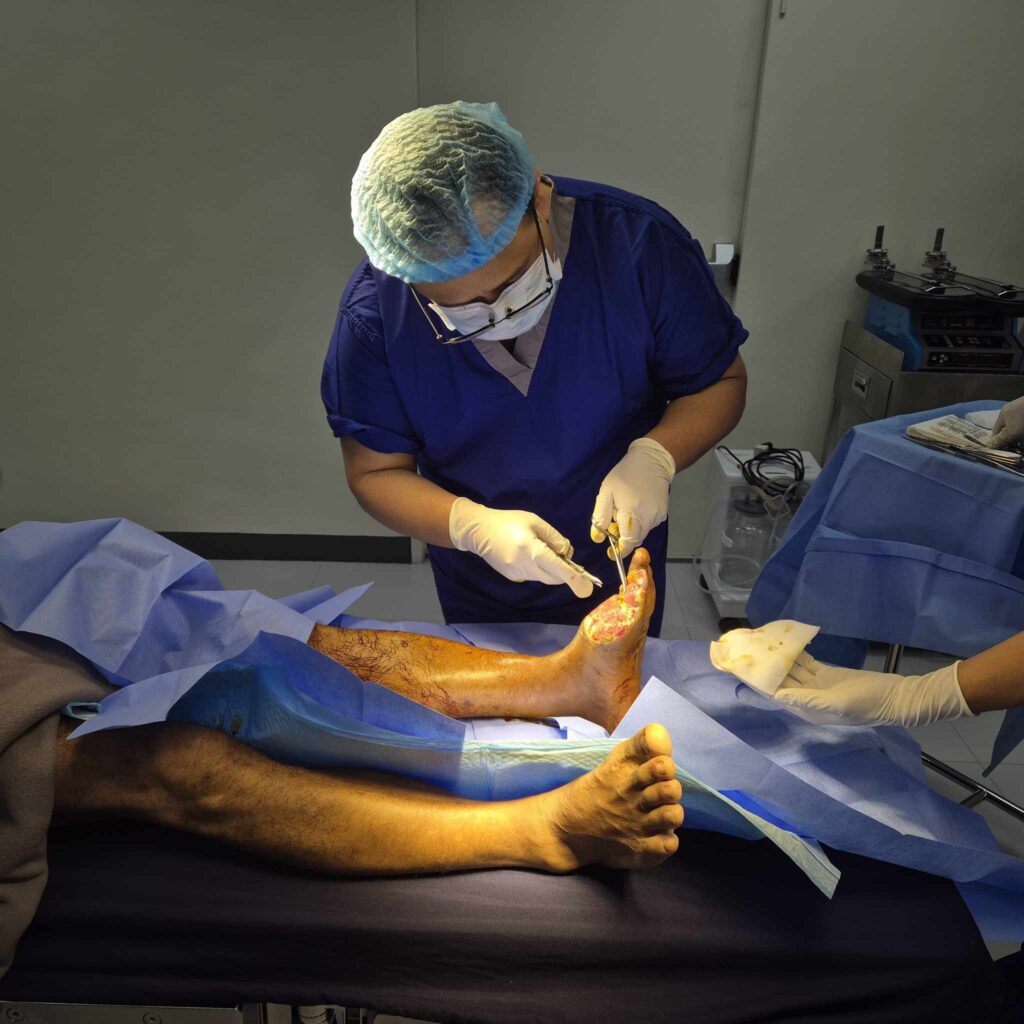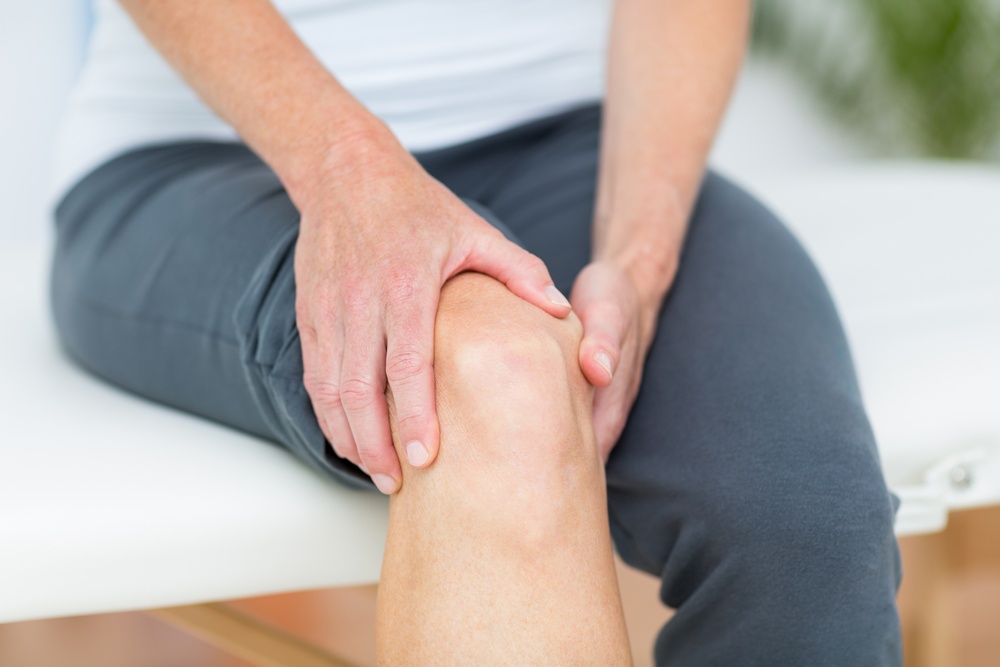Diabetic wounds are a serious concern for individuals living with diabetes, as slow-healing foot ulcers can lead to infections, reduced mobility, and even amputation if left untreated. Effective diabetic wound treatment requires professional care, advanced techniques, and patient education to ensure wounds heal safely and complications are minimized. Kalingap Wound Care Clinic in Quezon City offers specialized services tailored to the unique needs of diabetic patients, combining expert care with long-term prevention strategies to maintain foot health and overall well-being.
Understanding Diabetic Wounds
Diabetic wounds, particularly foot ulcers, occur when high blood sugar levels damage nerves and impair circulation. This combination slows the healing process, making even minor cuts or blisters potentially dangerous. Poor circulation limits oxygen and nutrients to the affected area, while nerve damage can prevent patients from feeling pain or noticing injuries early. Common types of diabetic wounds include foot ulcers, heel sores, and slow-healing abrasions, often found on pressure points of the feet. Early and effective diabetic wound treatment is crucial to prevent infections, tissue loss, and more severe complications.
Signs and Symptoms to Watch For
Recognizing the signs of diabetic wounds allows patients to seek timely treatment. Symptoms include redness, swelling, persistent pain, drainage, or a foul odor emanating from the wound. Numbness or tingling may indicate nerve involvement, increasing the risk of unnoticed injuries. Patients may also notice discoloration, warmth around the affected area, or thickened skin near the ulcer. Consulting a clinic specializing in diabetic wound treatment as soon as these signs appear significantly improves recovery outcomes and reduces the likelihood of serious infections.
Causes and Risk Factors
Several factors contribute to the development of diabetic wounds. Poor blood sugar control remains the leading cause, as elevated glucose levels damage blood vessels and nerves, slowing the body’s natural healing process. Improper footwear or repeated trauma to the feet can create pressure points that lead to ulcers. Chronic health conditions such as kidney disease, heart disease, or obesity further increase the risk. Smoking and poor circulation also interfere with healing, while a history of previous foot ulcers often predicts recurrence. Understanding these risk factors emphasizes the need for professional diabetic wound treatment to prevent complications.
The Diabetic Wound Treatment Process at Kalingap Wound Care Clinic
Kalingap Wound Care Clinic follows a structured, patient-focused approach to diabetic wound treatment:
Comprehensive Assessment – Each patient undergoes a thorough examination, including evaluation of the wound, circulation, and overall foot health. This assessment helps create a personalized treatment plan that addresses the root causes of the wound while targeting effective healing.
Wound Cleaning & Debridement – Dead or infected tissue is carefully removed using precise techniques. Debridement promotes healthy tissue growth and reduces the risk of infection. Proper cleaning and preparation of the wound bed are critical steps for successful diabetic wound treatment.
Advanced Dressings & Offloading – Protective wound coverings are applied to maintain a moist healing environment, reduce contamination, and support tissue regeneration. Offloading devices and specialized footwear help relieve pressure from affected areas, preventing further damage.
Infection Control – Regular monitoring of the wound ensures that infections are detected early. When necessary, targeted antibiotics or other interventions are used to manage bacterial growth and prevent complications.
Patient Education – Patients receive guidance on daily foot care, proper footwear, and blood sugar management. Education empowers individuals to actively participate in their healing process and prevent future wounds.
Benefits of Professional Diabetic Wound Treatment
Professional diabetic wound treatment offers numerous advantages over home care or delayed intervention:
- Faster Healing – Advanced techniques, proper wound cleaning, and expert monitoring accelerate recovery.
- Reduced Risk of Infection – Early identification and treatment of infections prevent serious complications.
- Improved Circulation and Tissue Regeneration – Targeted care supports blood flow and promotes healthy tissue growth.
- Long-Term Prevention – Patient education, footwear guidance, and lifestyle adjustments minimize the risk of recurrence.
- Pain Reduction – Proper wound management reduces discomfort, allowing patients to regain mobility safely.
Kalingap Wound Care Clinic ensures that each patient receives comprehensive diabetic wound treatment designed for both immediate healing and long-term foot health.
Home Care and Prevention Tips
Maintaining healthy feet and preventing diabetic wounds requires consistent attention and care. Patients can follow these essential strategies:
- Daily Foot Hygiene – Clean feet thoroughly with mild soap, dry carefully between toes, and inspect for cuts, blisters, or discoloration.
- Regular Self-Examination – Check for signs of pressure sores or infections, especially on the soles and heels.
- Proper Footwear – Wear well-fitted shoes and socks to reduce friction and pressure on vulnerable areas. Custom orthotics may be recommended for high-risk patients.
- Blood Sugar Management – Maintain glucose levels within the recommended range to support natural healing processes.
- Lifestyle Adjustments – Avoid smoking, maintain a healthy weight, and engage in activities that promote circulation, such as walking or gentle exercise.
Combining professional diabetic wound treatment with proper home care improves outcomes and reduces the risk of recurring wounds.
Who Should Seek Diabetic Wound Treatment
Individuals experiencing any of the following should seek professional diabetic wound treatment promptly:
- Chronic or slow-healing foot ulcers
- Signs of infection, swelling, or unusual drainage
- Pain, numbness, or tingling in the feet
- History of previous diabetic wounds or complications
- Difficulty walking due to foot discomfort or injuries
Early intervention by a clinic specializing in diabetic wound treatment prevents complications, preserves mobility, and ensures a safer recovery.
Why Choose Kalingap Wound Care Clinic
Kalingap Wound Care Clinic is a trusted provider of diabetic wound treatment in Quezon City. Patients benefit from:
- Expert-Led Care – Experienced clinicians specializing in diabetic foot ulcers and advanced wound management.
- Patient-Centered Approach – Treatments focus on comfort, healing, and long-term prevention.
- Advanced Techniques – Use of modern dressings, offloading devices, and infection control measures.
- Accessible Location – Convenient clinic access for patients seeking timely care.
- Comprehensive Aftercare – Education and guidance support ongoing foot health and prevent recurrence.
The clinic’s holistic approach ensures patients receive both immediate treatment and strategies for maintaining healthy feet.
Schedule a Consultation Today
Protecting foot health requires timely and effective diabetic wound treatment. Kalingap Wound Care Clinic in Quezon City offers advanced care, expert guidance, and long-term prevention strategies to ensure safe healing and lasting wellness. Contact the clinic today to schedule a consultation and begin a personalized treatment plan designed for your specific needs.
Frequently Asked Questions (FAQ)
How long does diabetic wound treatment take?
Healing time varies depending on the severity of the wound, circulation, and patient adherence to care plans. Minor wounds may heal within weeks, while more severe ulcers may require months of treatment.
Can diabetic wounds heal without medical intervention?
Some minor wounds may improve with proper home care, but professional assessment is crucial to prevent infections and complications, especially for slow-healing or recurrent ulcers.
What types of dressings are used in diabetic wound treatment?
Kalingap Wound Care Clinic uses advanced dressings designed to maintain a moist healing environment, protect against contamination, and support tissue regeneration. Specific dressings are chosen based on wound type and severity.
How can patients prevent future diabetic wounds?
Regular foot inspections, proper footwear, blood sugar management, and early consultation with a wound care clinic help prevent recurrence. Patient education and lifestyle adjustments are critical components of long-term prevention.
Is diabetic wound treatment covered by insurance?
Coverage depends on the patient’s insurance plan. Kalingap Wound Care Clinic can provide guidance on available options and support patients seeking reimbursement for treatment.






